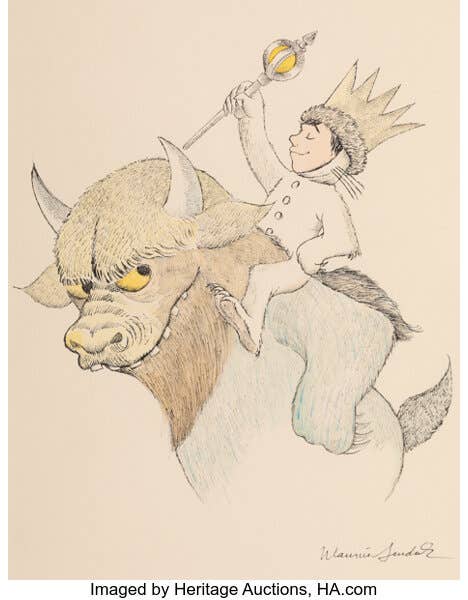Family of restorers rebuilding broken mementos
McHugh’s Restorations of Richmond, Virginia, has been rescuing damaged — or downright shattered — family heirlooms for decades. Antoinette Rahn catches up with the McHugh family in the latest Knowing Your Business column, and finds out how each generation contributes to the team.
It’s not every day a pair of Staffordshire ceramic dog figures that have seen better days are viewed with the same eye for detail and respect as a plate that once belonged to Abraham Lincoln, but at McHugh’s Restorations they are. We caught up with the team
of restorers at McHugh’s recently to learn more about the services they provide.
Antique Trader:How did your family get into the restoration business? How many family members presently work at McHugh’s and what does each person do?
McHugh’s Restorations: Our family business started through our parents, Louise and Desmond McHugh. They were antique dealers in Philadelphia before coming to Virginia. Restoration started with dolls, and after many requests from clients, restoration expanded into objects. Kimberley entered the business at the age of 17 and Brigid followed later. Kimberley and Brigid have worked hard to learn the science behind restoration, as well as the history and techniques to make the business not just a restoration studio but a resource for conservation as well. In addition to restoring sentimental objects, McHugh’s have conserved and restored many museum and historical objects.
Currently, there are four family members working at McHugh’s. Louise McHugh who manages the office and handles doll repair; Kimberley Overman, who is co-owner and head restorer; Brigid McHugh Jones, who is the co-owner and chief painter/artist; and Emily Overman, who is Kimberley’s daughter and does sculpting and molding. Emily, who recently graduated from VCU Magna Cum Laude in Art History & Biology, is planning on working in conservation as a career.
AT:What are some of the most common restoration/repairs you handle? What are some of the more unusual projects?
MR: A very large part of our business is restoring sentimental items. These can range from a Lladro that was received as a graduation gift to a hand-made plate with a child’s footprint. Some of the unusual items or rare items we have restored include a Han Dynasty Fat Lady head that dated from 200 BC to 200 AD, a compote belonging to the Valentine Museum (the compote originally belonged to famed Union spy Elizabeth Van Lew and is now on display at the museum), Order of the Cincinnati china and Liverpool jug belonging to the Mount Vernon Ladies Society and a 36-inch-high Limoges vase belonging to Hay House in Macon, Georgia – the vase is one of a pair and was completely smashed. We received the vase in small boxes after it had already been to one restoration studio who could not do the repair.
AT:We understand you recently restored items belonging to Abraham Lincoln and George Washington. Please tell us a bit about those items, and the restoration process involved?
MR: We are honored to have recently restored a plate belonging to Abraham Lincoln. The plate was from his original set of White House china and the set was ordered and purchased by Mary Todd Lincoln while on a buying trip to New York. After Lincoln’s assassination, what was left of the original china was taken and looted so there are very few pieces still in existence. The plate we just completed was purchased at auction recently by a Lincoln descendent, the plate was damaged when they bought it. We were brought the plate directly from the auction house. We reversed the old repair, rebonded and filled the missing areas then did a painted repair just on the damaged areas.
The Order of the Cincinnati plate that we are restoring belonged to either George Washington or Henry Lee, both men ordered sets and their sets were combined during the Civil War era. This plate was more than likely damaged and then restored as a result of the evacuation of Arlington House and the removal of the china to the US Patent Office. The original damage and repair were contemporary to that time. The current repair to the plate was a matter of reversing repairs that had been done since the plate was damaged again, we rebonded the plate, filled any loses and are painting just the edge areas that are missing. We are very conservative with our painting and make it a point to cover as little of the original piece as possible.
AT:What tips or general advice do you give people possibly considering having an item restored/repaired? Also, what advice do you have for people considering restoring an item themselves?
MR: A good restorer should always be able to tell you exactly what needs to be done to your item and options available. All repairs should always be 100 percent reversible should the item ever be damaged again. We always ask that people check with us before ever gluing or attempting their own repair. Many, many items are repaired the best the very first time. Once a non-professional has glued the item, often with the wrong type of glue, the piece never gets as clean of a bond as it would have before we had to remove the glue from their attempt.
We also tell people to never, ever use rubber cement or gorilla glue — in many cases these glues are non-reversible.








